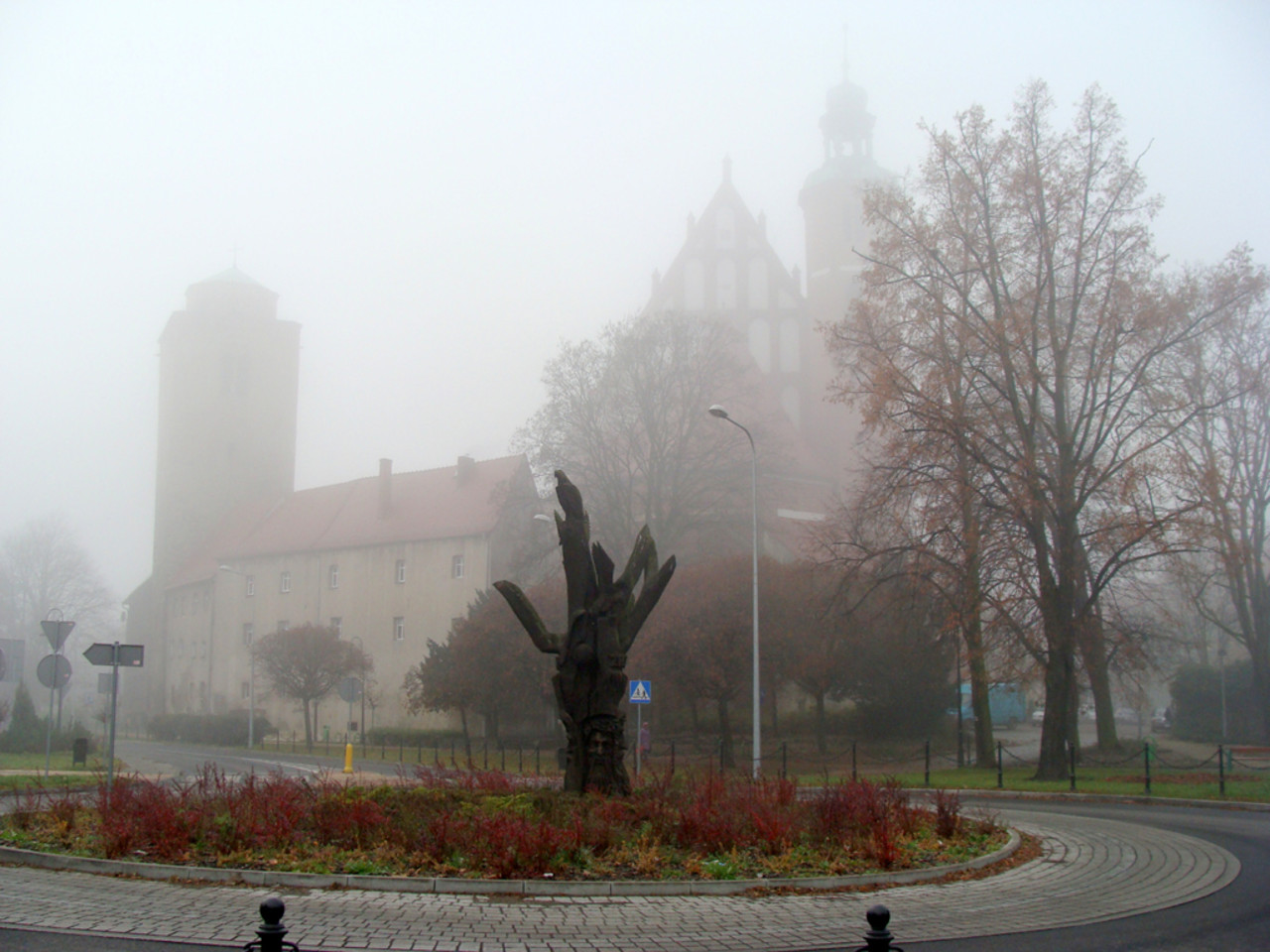A Review Film Noir's Golden Age

본문
One of the key factors that contributed the emergence of film noir was the changing social climate of America during the 1940s. As the country switched from the optimistic atmosphere of the New Deal era to the uncertainty of World War II, the public's perception of the world experienced a significant shift. The war had exposed the bleaker aspects of human nature, and audiences began to yearn a more realistic portrayal of life in their films. Film noir, with its existential crises, met this void by providing a cinematic representation of the existential crises and character traits that characterized post-war America.
The films of this genre often centered complex characters, who, driven by adversity, found themselves in complex webs of sin and corruption. The iconic detectives of film noir, including Hard-boiled detectives, Humphrey Bogart in "The Maltese Falcon", became emblems of a bygone era, exemplifying the melancholy and mistrust of a nation struggling to rebuild itself in the wake of war.
The aesthetic appeal of film noir was unique, with its gritty urban landscapes. The filmmakers of the era, including Robert Surtees, manipulated the camera to create a sense of unease, drawing the viewer into a world of existential crisis and despair.
Some of the most iconic films of the genre include "Double Indemnity" (1944), directed by Billy Wilder, and "The Big Sleep" (1946), directed by Howard Hawks. These films, such as these, cemented the reputation of film noir as a distinct and groundbreaking genre, one that continues to influence filmmakers to this day.

The legacy of film noir can be seen in the countless imitators and followers that have emerged in its wake. From the French New Wave of the 1960s to contemporary new crime dramas like "Chinatown" (1974) and "LA Confidential" (1997), the legacy of film noir can be felt in every aspect of the genre. Its influence extends beyond film, too, with literature and music also drawing upon its aesthetic and atmospheric stylings.
In conclusion, the golden age of film noir was a pivotal moment in cinematic history, marked by the emergence of a distinct genre that continues to captivate audiences today. With its complex characters, cinematic stylings, and moral complexities, film noir offers a unique glimpse into the existential crises and anxiety of post-war America, reminding us that even in the bleakest of times, there is beauty in the shadows.

댓글목록0
댓글 포인트 안내